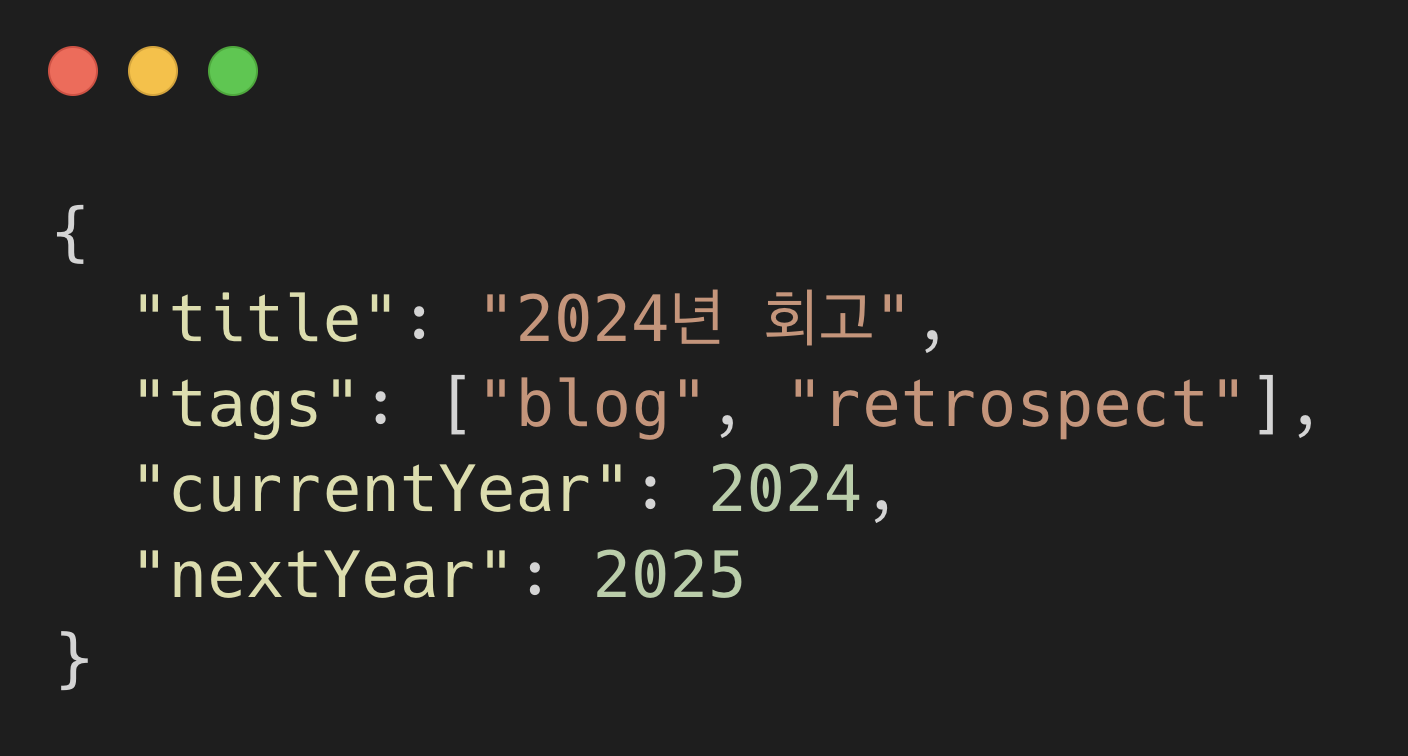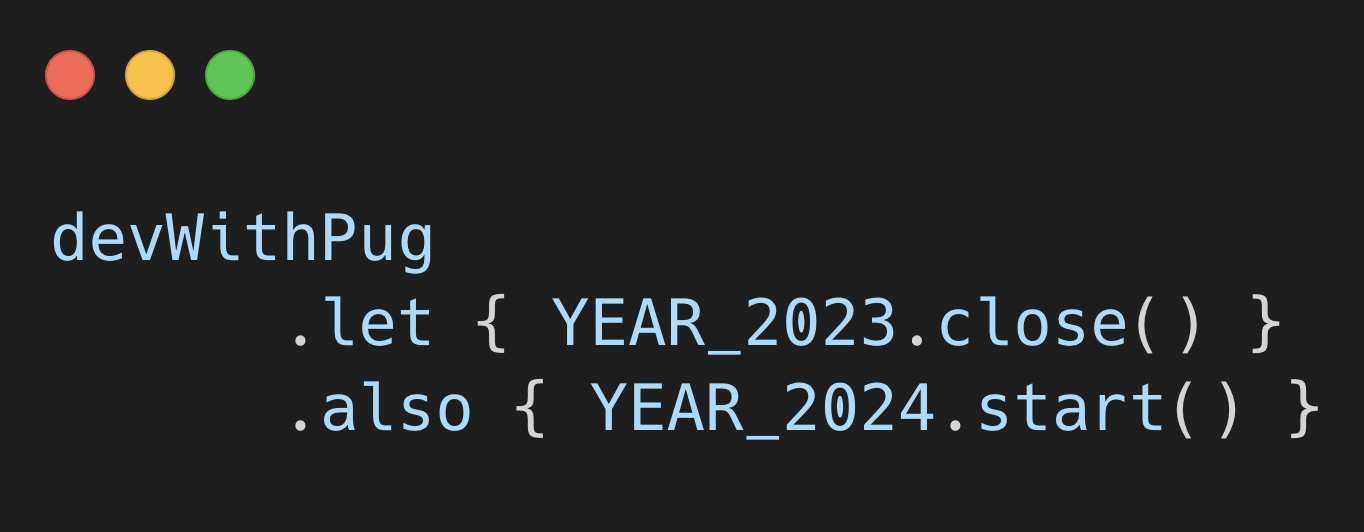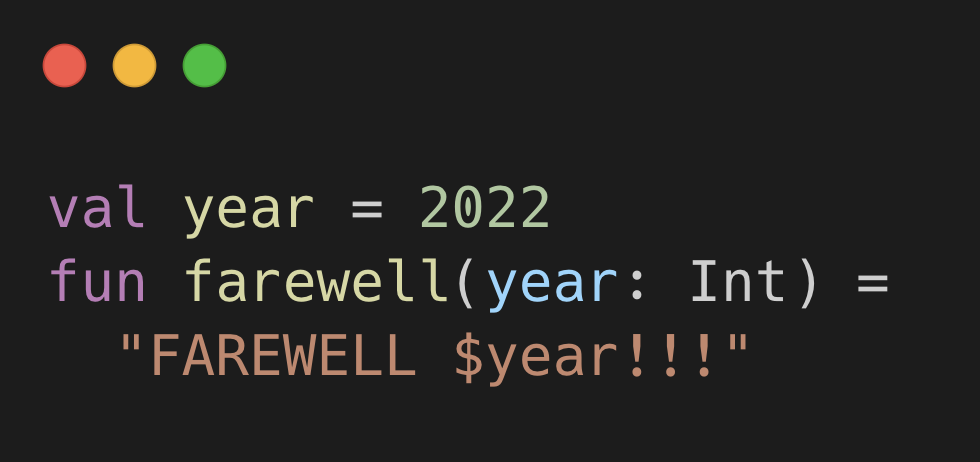Redis를 통한 HTTP 세션 관리
스프링 시큐리티에 Redis 관련 종속성을 추가하여 Redis를 통한 세션관리를 구성해보았다.
개요
최근 들어 스프링 시큐리티를 공부할 때 어떤 개념이든 간에 실무에서는 어떤 로직, 어떤 라이브러리로 실제 구현을 할까? 라는 궁금증이 계속 생기고 있다.
Redis는 <K, V> 형식의 비정형 데이터를 저장하고 관리하기 위한 오픈소스 기반의 비관계형 DBMS 이다. 모든 데이터를 메모리로 불러와서 처리하는 메모리 기반의 DBMS이기 때문에 빠른 조회 성능을 위한 Cache나 각 WAS 서버에 분산 되어 있는 세션 정보를 중앙에 모아서 공유 및 관리하기 위한 용도 로 많이 사용한다고 한다.
Redis 를 실제로 사용해본 적은 없었는데 HttpSession 클래스에 대해 공부하다보니 스프링 부트 환경에서 간단하게 Redis 를 사용해볼 수 있다는 것을 알게되었고 추후에 다중 WAS 서버를 다루게 되는 기회가 생길때를 대비해서 직접 사용해보았다.
Redis 설치
설치 하는 방법은 공식 홈페이지를 통해 다운받거나 도커 이미지를 이용하는 방법도 있다.
나는 Apple Silicon 환경에서 brew 를 통해 설치하였다.
$ brew install redis
==> Downloading https://ghcr.io/v2/homebrew/core/redis/manifests/6.2.4
######################################################################## 100.0%
==> Downloading https://ghcr.io/v2/homebrew/core/redis/blobs/sha256:097941b5d4c9845b300682
==> Downloading from https://pkg-containers.githubusercontent.com/ghcr1/blobs/sha256:09794
######################################################################## 100.0%
==> Pouring redis--6.2.4.arm64_big_sur.bottle.tar.gz
==> Caveats
To have launchd start redis now and restart at login:
brew services start redis
Or, if you don't want/need a background service you can just run:
redis-server /opt/homebrew/etc/redis.conf
==> Summary
🍺 /opt/homebrew/Cellar/redis/6.2.4: 13 files, 2MB
설치가 완료되면 brew services start redis 를 통해 서비스로 등록하여 자동으로 redis-server가 실행되도록 할 수 있다.
redis-server를 실행한 후 redis-cli 에서 SET (key) 또는 GET (key) 명령어로 간단히 테스트 해볼 수 있다.
스프링 세션
Spring Session 은 서버에 저장된 HTTP 세션의 관리에서의 한계점들을 해소하는 목표를 가진다. 이를 통해서 Tomcat 과 같은 단일 컨테이너에 연결하지 않고도 클라우드의 서비스간에 세션 정보를 쉽게 공유할 수 있다. 또한 동일한 브라우저에서 여러 세션을 지원하고 헤더로 세션을 전송해준다.
Baeldung - Guide to Spring Session 을 참고해서 스프링 부트 프로젝트에 Redis를 추가해보았다.
build.grade 의존성 추가
스프링 부트에서는 아래의 종속성만 추가해주면 추가 설정없이 로컬 호스트로 Redis 서버와 연결이 된다..!
implementation 'org.springframework.boot:spring-boot-starter-data-redis'
implementation 'org.springframework.session:spring-session-data-redis'
스프링 설정
로컬 환경이 아닌 외부 서버에 접속해야 한다면 아래와 같이 설정 클래스를 구성해주면 된다.
@Configuration
@EnableRedisHttpSession
public class SessionConfig extends AbstractHttpSessionApplicationInitializer {
@Bean
public LettuceConnectionFactory connectionFactory() {
return new LettuceConnectionFactory("127.0.0.1", 6379); // ip, port
}
}
더 간단한 방법은 application.yml 또는 application.properties 설정 파일에 연결 주소를 설정해주면 된다.
spring:
redis:
host: "127.0.0.1"
port: 6379
서버를 실행하여 디버깅해보면 위의 스프링 설정이 없어도 기본적으로 RedisHttpSessionConfiguration 클래스 내에서 LettuceConnectionFactory 를 Redis 서버 연결을 위한 RedisConnectionFactory 인터페이스의 구현체로 사용되는 것을 확인할 수 있다.
⬆ RedisHttpSessionConfiguration 초기화 과정
Lettuce?, Jedis?
Baeldung - Guide to Spring Session 에서는 스프링 부트를 사용하지 않는 경우 Lettuce 가 아닌 Jedis 를 이용하여 설정하는 방법을 제공하고 있다.
두가지 라이브러리 모두 RedisConnectionFactory 인터페이스의 구현체라는 것은 알겠지만 무슨 차이가 있는지 궁금했다. 대부분 현재는 Lettuce를 사용하는 것 같았다.
이러한 이유는 이동욱님의 기술블로그(Jedis 보다 Lettuce 를 쓰자) 에 자세하게 설명되어있다.
글을 참고하자면 두가지 모두 유명한 Java의 Redis Client 오픈소스이다. 하지만 압도적인 성능차이로 Lettuce를 사용하는 것이었다!
| TPS | Redis CPU | Redis Connection | 응답 속도 | |
|---|---|---|---|---|
| Jedis no connection pool | 31,000 | 20% | 35 | 100ms |
| Jedis use connection pool | 55,000 | 69.5% | 515 | 50ms |
| Lettuce | 100,000 | 7% | 6 | 7.5ms |
추가적으로 성능뿐만 아니라 잘 만들어진 공식 문서, 깔끔하게 디자인된 코드, 빠른 피드백 등의 장점을 가지고 있어서 오픈소스로써 많이 사용되는 것 같았다.
테스트
간단한 컨트롤러
스프링 부트에서 설정을 완료했으므로 Redis에서 HTTP 세션을 어떻게 관리하고 있는지 확인해보았다.
먼저, 간단한 로그인과 HTTP 세션 ID 값을 리턴하는 컨트롤러를 만들었다.
인증 방식의 경우 구글의 OAuth2 서비스를 통해 로그인하도록 했다.(생략)
/**
* Account : OAuth2User 인터페이스 구현체
* CustomOAuth2AccountService : OAuth2UserService 인터페이스 구현체
*/
@RestController
@RequiredArgsConstructor
public class HomeController {
private final CustomOAuth2AccountService oAuth2UserService;
private final HttpSession httpSession;
@GetMapping
public String home() {
Authentication authentication = SecurityContextHolder.getContext().getAuthentication();
// DB 로부터 Account 엔티티를 가져옴(영속성 객체)
Account account1 = oAuth2UserService.getAccount(authentication.getPrincipal());
// HTTP 세션에 저장된 Account 객체를 가져옴
Account account2 = (Account) httpSession.getAttribute("user");
// 세션에 임의의 데이터 설정
httpSession.setAttribute("someAttribute", "someValue");
return httpSession.getId();
}
}
실행 결과

정상적으로 로그인되어 세션이 생성된 것을 확인할 수 있었다.
다음으로 keys * 명령어를 통해 redis-server에 저장된 세션값이 일치하는지 확인해보았다.
$ redis-cli
127.0.0.1:6379> keys *
1) "spring:session:expirations:1624625820000"
2) "spring:session:sessions:expires:16afafae-66b8-49e9-9651-3bbb9794f223"
3) "spring:session:index:org.springframework.session.FindByIndexNameSessionRepository.PRINCIPAL_NAME_INDEX_NAME:100011660713558149631"
4) "spring:session:sessions:16afafae-66b8-49e9-9651-3bbb9794f223"
5) "spring:session:expirations:1624626360000"
별다른 설정없이 Spring Session 에서 세션과 관련된 값을 Redis에 저장한 것을 확인할 수 있다.
Key와 매치되는 Value를 확인하려면 hgetall 명령어를 사용하면 된다.
127.0.0.1:6379> hgetall spring:session:sessions:16afafae-66b8-49e9-9651-3bbb9794f223
1) "sessionAttr:SPRING_SECURITY_LAST_EXCEPTION"
2) ""
7) "sessionAttr:user"
8) "\xac\xed\x00\x05sr\x006dev.with.pug.springsecurityoauth.domain.entity.Account\xbd\xe0p!^g!;\x02\x00\aL\x00\tcreatedAtt\x00\x10Ljava/util/Date;L\x00\x05emailt\x00\x12Ljava/lang/String;L\x00\x02idt\x00\x10Ljava/lang/Long;L\x00\x0elastModifiedAtq\x00~\x00\x01L\x00\apictureq\x00~\x00\x02L\x00\x04rolet\x005Ldev/with/pug/springsecurityoauth/domain/entity/Role;L\x00\busernameq\x00~\x00\x02xpsr\x00\x12java.sql.Timestamp&\x18\xd5\xc8\x01S\xbfe\x02\x00\x01I\x00\x05nanosxr\x00\x0ejava.util.Datehj\x81\x01KYt\x19\x03\x00\x00xpw\b\x00\x00\x01z>c\x93\x18x4\xc0\a@t\x00\x14zmfjscl789@gmail.comsr\x00\x0ejava.lang.Long;\x8b\xe4\x90\xcc\x8f#\xdf\x02\x00\x01J\x00\x05valuexr\x00\x10java.lang.Number\x86\xac\x95\x1d\x0b\x94\xe0\x8b\x02\x00\x00xp\x00\x00\x00\x00\x00\x00\x00\x05sq\x00~\x00\x06w\b\x00\x00\x01zBc\xae\xf8x\x11\xd2`\xc0t\x00Yhttps://lh3.googleusercontent.com/a-/AOh14GhhVPPgvZ6b1CEonMNDs6g-I21hoiLZB9sPEI7-8Q=s96-c~r\x003dev.with.pug.springsecurityoauth.domain.entity.Role\x00\x00\x00\x00\x00\x00\x00\x00\x12\x00\x00xr\x00\x0ejava.lang.Enum\x00\x00\x00\x00\x00\x00\x00\x00\x12\x00\x00xpt\x00\x05GUESTt\x00\x0bJungyu Choi"
9) "lastAccessedTime"
10) "\xac\xed\x00\x05sr\x00\x0ejava.lang.Long;\x8b\xe4\x90\xcc\x8f#\xdf\x02\x00\x01J\x00\x05valuexr\x00\x10java.lang.Number\x86\xac\x95\x1d\x0b\x94\xe0\x8b\x02\x00\x00xp\x00\x00\x01zCc\n\x80"
11) "creationTime"
12) "\xac\xed\x00\x05sr\x00\x0ejava.lang.Long;\x8b\xe4\x90\xcc\x8f#\xdf\x02\x00\x01J\x00\x05valuexr\x00\x10java.lang.Number\x86\xac\x95\x1d\x0b\x94\xe0\x8b\x02\x00\x00xp\x00\x00\x01zC_\xc6\xd3"
13) "sessionAttr:someAttribute"
14) "\xac\xed\x00\x05t\x00\tsomeValue"
15) "sessionAttr:org.springframework.security.oauth2.client.web.HttpSessionOAuth2AuthorizationRequestRepository.AUTHORIZATION_REQUEST"
16) ""
자세히 보면 9)lastAccessedTime, 11)creationTime, 13)sessionAttr 과 같이 HTTP 세션이 가지는 데이터들과 컨트롤러에서 임의로 추가한 13)someAttribute 도 확인할 수 있다!
객체의 영속성

⬆ account1: DB에서 가져온 Account 엔티티 / account2: 세션에서 가져온 Account 객체
위와 같이 DB와 세션에서 각각 Account 객체를 가져오면 객체 고유 번호가 다른 것을 확인할 수 있다.
이는 세션에서 가져온 Account 객체는 영속성 컨텍스트에서 관리되고 있지 않기 때문인데, 이를 혼동하지 않기 위해선 세션에 저장할 Attribute를 위한 별도의 클래스를 생성하여 관리해야 할 것 같다.






댓글남기기